Home>Garden Essentials>What Is A Good Ground Cover For Asparagus
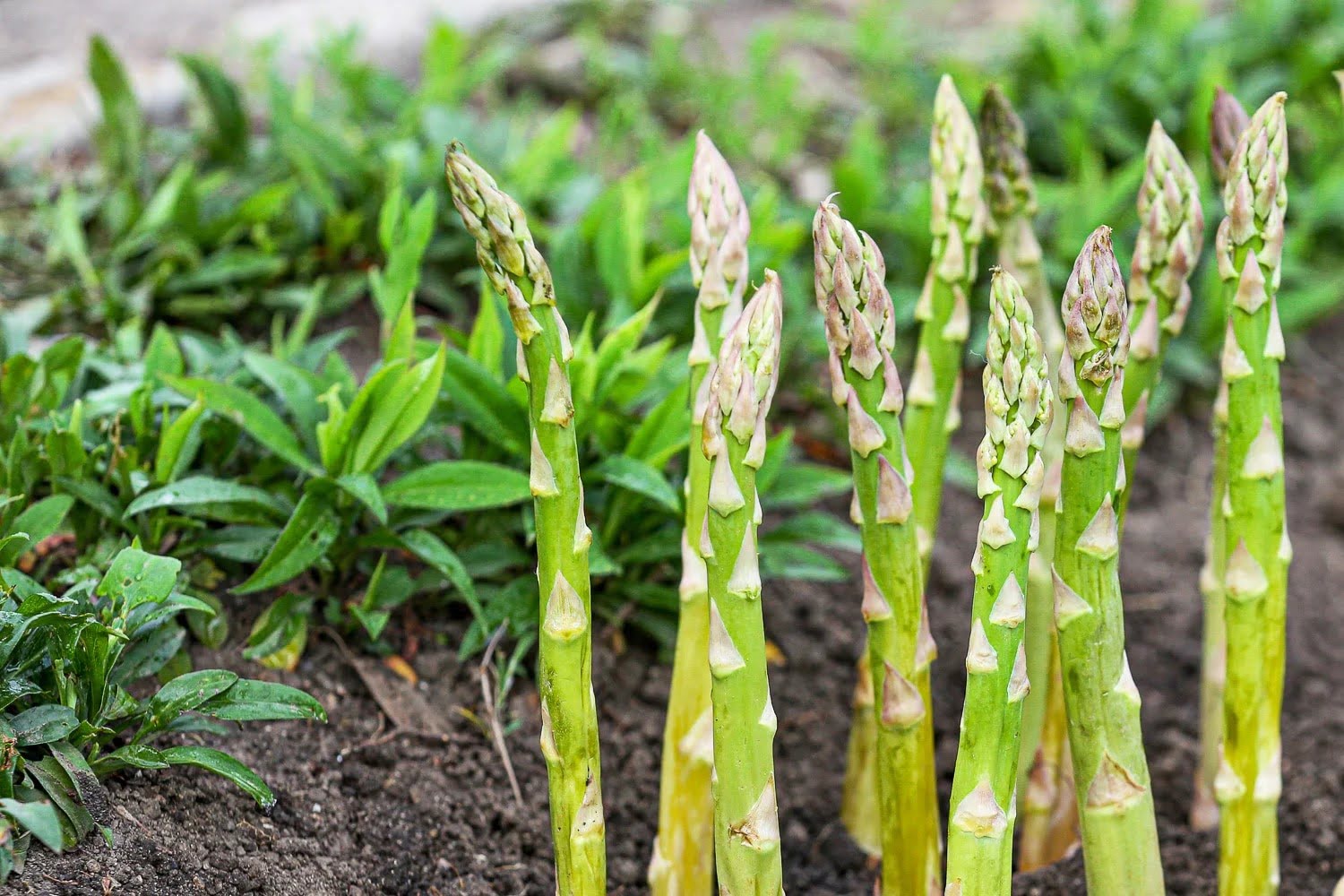

Garden Essentials
What Is A Good Ground Cover For Asparagus
Modified: October 21, 2024
Looking for a good ground cover for your asparagus garden? Discover the best options and tips for maintaining a healthy asparagus bed.
(Many of the links in this article redirect to a specific reviewed product. Your purchase of these products through affiliate links helps to generate commission for Storables.com, at no extra cost. Learn more)
Introduction
When it comes to cultivating a thriving asparagus garden, choosing the right ground cover is vital for its overall success. Ground cover not only helps to suppress weeds, but also retains moisture, regulates soil temperature, and prevents erosion. It acts as a protective layer that enhances the health and productivity of asparagus plants.
However, selecting the ideal ground cover for asparagus can be quite a daunting task. With so many options available, it’s essential to consider various factors such as weed control, moisture retention, nutrient availability, and ease of maintenance. In this article, we will explore some of the best ground cover options that can help you cultivate a healthy and vibrant asparagus garden.
Key Takeaways:
- Choose the right ground cover like straw or wood chips to keep your asparagus plants healthy by retaining moisture and suppressing weeds. It’s like giving your asparagus a cozy blanket to thrive in!
- Living mulch such as clover or vetch can naturally enrich your asparagus garden with nutrients, suppress weeds, and help retain moisture. It’s like having helpful little plant friends to support your asparagus!
Read more: What Is A Good Ground Cover In AZ
Factors to Consider for Ground Cover Selection
Before diving into specific ground cover options for your asparagus garden, it’s important to consider several key factors that will influence your decision:
- Weed Control: One of the primary purposes of ground cover is to suppress weed growth. Look for a ground cover that can effectively smother weeds and minimize the need for excessive manual weeding.
- Moisture Retention: Asparagus plants require consistent moisture levels to thrive. Choose a ground cover that will help retain soil moisture, preventing excessive evaporation and allowing the roots to access the water they need.
- Nutrient Availability: The right ground cover should enhance the nutrient content of the soil, providing a steady supply of essential minerals for your asparagus plants. Consider options that decompose and enrich the soil over time.
- Maintenance: Consider your time and resources when selecting a ground cover. Some options require minimal maintenance, while others may need regular monitoring and upkeep.
- Aesthetics: While not a critical factor, the visual appeal of the ground cover can also be considered. Choose an option that complements the overall aesthetic of your garden.
By taking these factors into account, you can make an informed decision about the most suitable ground cover for your asparagus garden. Now, let’s dive into some recommended options that meet these criteria.
Recommended Ground Covers for Asparagus
Now that you understand the important factors to consider, let’s explore some of the top ground cover options for your asparagus garden:
- Straw: Straw is an excellent choice for asparagus beds as it helps retain moisture, suppresses weeds, and provides insulation during colder months. Spread a layer of straw around the asparagus plants, ensuring that the crowns are not completely covered.
- Newspaper or Cardboard: These readily available materials can be used as a weed barrier. Lay down several layers of newspaper or cardboard around the asparagus plants, overlapping the edges to prevent weed growth. Cover the newspaper or cardboard with a layer of straw or wood chips to improve aesthetics.
- Wood Chips or Shavings: Wood chips or shavings are not only attractive but also offer effective weed control and moisture retention benefits. Spread a layer of wood chips or shavings around the asparagus plants, taking care not to pile them too high around the crowns.
- Grass Clippings or Mulch: If you have access to grass clippings or organic mulch, they can be used as a ground cover. Apply a thin layer around the asparagus plants, ensuring that the crowns are not buried. Grass clippings and mulch can help retain moisture, suppress weeds, and add nutrients to the soil as they decompose.
- Living Mulch (Clover, Alfalfa, or Vetch): Incorporating living mulch such as clover, alfalfa, or vetch can provide numerous benefits to your asparagus garden. These nitrogen-fixing plants add nutrients to the soil, suppress weeds, and enhance moisture retention. Plant living mulch in between rows or in designated areas within the asparagus bed.
- Landscape Fabric or Plastic Mulch: Landscape fabric or plastic mulch can effectively control weeds by blocking sunlight. Lay down the fabric or plastic mulch around the asparagus plants and secure it with landscape pins. However, ensure that the fabric or plastic allows for proper water and air circulation.
These recommended ground cover options offer a variety of benefits to your asparagus garden. Consider your specific needs and preferences, and choose the option that best suits your requirements.
Straw
Straw is a popular and effective ground cover option for asparagus gardens. It offers several benefits that contribute to the health and productivity of your asparagus plants.
One of the key advantages of using straw as a ground cover is its ability to retain moisture. Asparagus plants require consistent moisture levels to thrive, and the layer of straw helps to prevent evaporation from the soil. This allows the roots to access the water they need, even during dry spells.
In addition to moisture retention, straw also acts as a natural weed suppressant. By forming a thick layer around the asparagus plants, straw helps prevent weed growth by blocking sunlight from reaching the soil’s surface. This reduces the need for frequent manual weeding, saving you time and effort in garden maintenance.
Furthermore, straw provides insulation for the asparagus crowns during colder months. As the temperatures drop, the layer of straw acts as a protective barrier, keeping the soil slightly warmer and preventing frost damage to the plants. This is particularly beneficial in regions with harsh winters.
When applying straw as a ground cover, take care not to completely cover the asparagus crowns. Pile the straw gently around the base of the plants, leaving the crowns exposed to the air. It’s also important to regularly monitor the straw layer and replenish it as needed, especially as it decomposes over time.
While straw is an excellent ground cover option, there are a few considerations to keep in mind. The loose nature of straw can attract rodents or pests, so be vigilant about monitoring and controlling them. Additionally, straw may introduce weed seeds into your garden. To minimize this risk, consider using straw from a trusted source or ensure that it has been properly composted before application.
Overall, straw is a versatile and effective ground cover that offers moisture retention, weed suppression, and insulation benefits for your asparagus garden. Consider using straw to enhance the health and productivity of your asparagus plants.
Newspaper or Cardboard
Newspaper or cardboard is a readily available and cost-effective ground cover option for asparagus gardens. It offers effective weed control while also providing other benefits for your plants.
The use of newspaper or cardboard as a ground cover works by blocking sunlight from reaching the soil, thus preventing weed growth. By laying down several layers of newspaper or cardboard around the asparagus plants, you create a barrier that suppresses weeds and reduces the need for manual weeding.
Using newspaper or cardboard as a ground cover also helps retain moisture in the soil. This is especially important for asparagus plants, as they require consistent moisture levels to thrive. The layer of newspaper or cardboard prevents excessive evaporation, ensuring that the soil retains adequate moisture for the plants.
When using newspaper or cardboard, it’s important to overlap the edges of each layer to prevent weeds from finding their way through any gaps. Additionally, it’s recommended to cover the newspaper or cardboard with a layer of straw or wood chips to improve the aesthetic appeal and provide additional insulation for the asparagus crowns.
Another benefit of using newspaper or cardboard is its ability to gradually break down and add organic matter to the soil. As the layers decompose over time, they contribute to the overall health and fertility of the asparagus bed.
While newspaper or cardboard is an effective ground cover option, there are a few considerations to keep in mind. Make sure to remove any glossy or colored sections of newspaper as they may contain toxic substances. It’s also important to water the newspaper or cardboard thoroughly after application to prevent it from blowing away or becoming dislodged.
Using newspaper or cardboard as a ground cover is an eco-friendly and low-cost option for weed control in your asparagus garden. It not only suppresses weeds but also retains moisture and adds organic matter to the soil, promoting the health and productivity of your asparagus plants.
A good ground cover for asparagus is mulch, such as straw or wood chips, to help retain moisture, suppress weeds, and protect the roots during winter. Avoid using plastic mulch, as it can overheat the soil.
Read more: What Is A Good Ground Cover For Dogs
Wood Chips or Shavings
If you’re looking for a natural and visually appealing ground cover option for your asparagus garden, wood chips or shavings are an excellent choice. They offer several benefits that contribute to the overall health and productivity of your asparagus plants.
One of the key advantages of using wood chips or shavings as a ground cover is their ability to suppress weed growth. By forming a thick layer around the asparagus plants, wood chips or shavings prevent sunlight from reaching the soil’s surface, inhibiting weed seed germination. This reduces the need for frequent manual weeding, saving you time and effort in garden maintenance.
In addition to weed control, wood chips or shavings also help retain moisture in the soil. Asparagus plants require consistent moisture levels to thrive, and the layer of wood chips or shavings acts as a barrier against evaporation. This helps to ensure that the roots have access to the water they need, particularly during periods of dry weather.
Another benefit of using wood chips or shavings is that as they decompose, they enrich the soil with organic matter. This enhances the fertility and nutrient content of the soil, providing a favorable environment for the growth of your asparagus plants. Additionally, the decomposition process beneficially influences the soil structure, improving drainage and aeration around the plant roots.
When applying wood chips or shavings as a ground cover, make sure to spread a layer around the asparagus plants, taking care not to pile them too high around the crowns. Piling the wood chips or shavings too close to the base of the plants can lead to excess moisture retention and potential crown rot.
It’s worth noting that different types of wood chips or shavings may have varying levels of acidity. Some woods, such as pine or cedar, may have higher acid levels that can impact the pH of the soil over time. Consider this factor and monitor the soil pH to ensure it remains within the preferred range for asparagus growth.
Wood chips or shavings offer a natural and effective ground cover option for asparagus gardens. They suppress weeds, retain moisture, and enrich the soil with organic matter, contributing to the overall health and productivity of your asparagus plants.
Grass Clippings or Mulch
If you’re looking for a sustainable and readily available ground cover option for your asparagus garden, grass clippings or mulch can be an excellent choice. They offer several benefits that promote the health and productivity of your asparagus plants.
One of the primary advantages of using grass clippings or mulch as a ground cover is their ability to suppress weed growth. By forming a layer around the asparagus plants, grass clippings or mulch block sunlight from reaching the soil’s surface, inhibiting weed seed germination. This reduces the need for excessive manual weeding, saving you time and effort.
In addition to weed control, grass clippings or mulch help retain moisture in the soil. Asparagus plants require consistent moisture levels to thrive, and the layer of grass clippings or mulch acts as a barrier against evaporation. This helps to conserve water and ensure that the roots have access to the moisture they need, even during periods of dry weather.
Furthermore, grass clippings or mulch gradually break down over time, adding organic matter to the soil. As they decompose, they release nutrients into the soil, enriching it and providing a steady supply of essential minerals for your asparagus plants. This natural fertilization helps to promote healthy growth and productivity.
When using grass clippings as a ground cover, it’s important to avoid clippings that have been treated with herbicides or pesticides, as these chemicals can negatively affect your asparagus plants. Also, ensure that the grass clippings are applied in thin layers to prevent excessive matting or heating of the soil.
Alternatively, organic mulch such as wood chips, straw, or shredded leaves can also be used as a ground cover around your asparagus plants. These materials offer similar benefits in terms of weed suppression and moisture retention, while also gradually decomposing and enriching the soil with organic matter.
By utilizing grass clippings or mulch as a ground cover, you can effectively control weeds, conserve moisture, and improve the fertility of the soil in your asparagus garden. Take advantage of these readily available resources to create a healthy and productive environment for your asparagus plants.
Living Mulch (Clover, Alfalfa, or Vetch)
If you’re looking to incorporate a dynamic and beneficial ground cover option in your asparagus garden, consider using living mulch such as clover, alfalfa, or vetch. These nitrogen-fixing plants offer numerous advantages that can enhance the health and productivity of your asparagus plants.
One of the key benefits of using living mulch is their ability to add nutrients to the soil. Clover, alfalfa, and vetch are leguminous plants that have a symbiotic relationship with nitrogen-fixing bacteria. These bacteria convert atmospheric nitrogen into a form that can be easily absorbed by plants, thus enriching the soil with this essential nutrient. Nitrogen is particularly crucial for the vigorous growth and development of asparagus.
In addition to providing nutrients, living mulch acts as a natural weed suppressant. By creating a dense layer around the asparagus plants, clover, alfalfa, or vetch shades the soil, making it difficult for weeds to thrive. This helps reduce competition for resources and significantly minimizes the need for manual weeding.
Living mulch also provides excellent moisture retention. The dense growth of clover, alfalfa, or vetch helps prevent evaporation and reduces water loss from the soil. This ensures that the asparagus plants have a consistent supply of moisture, even during dry periods.
It’s important to note that living mulch requires careful management. Regular trimming or mowing is necessary to prevent it from becoming too invasive and competing with the asparagus plants for resources. However, the trimmings can be left on the soil surface to act as a natural mulch, further enhancing weed suppression and moisture retention.
When using living mulch, it’s essential to choose a species that is well-suited to your climate and growing conditions. Clover, alfalfa, and vetch are commonly used for living mulch, but consult with local experts or garden centers to determine the best option for your specific area.
By incorporating living mulch such as clover, alfalfa, or vetch in your asparagus garden, you can benefit from their nitrogen-fixing properties, weed suppression abilities, and moisture retention capabilities. This natural and sustainable ground cover option can contribute to the overall health and productivity of your asparagus plants.
Landscape Fabric or Plastic Mulch
If you’re looking for a durable and low-maintenance ground cover option for your asparagus garden, landscape fabric or plastic mulch can be a suitable choice. While it differs from traditional organic ground covers, it offers several benefits that can enhance the growth and productivity of your asparagus plants.
Landscape fabric or plastic mulch acts as an effective weed barrier by blocking sunlight from reaching the soil. This inhibits weed growth and significantly reduces the need for manual weeding. The fabric or plastic prevents weed seeds from germinating, keeping your asparagus bed weed-free and saving you time and effort in maintenance.
In addition to weed control, landscape fabric or plastic mulch helps conserve soil moisture by preventing evaporation. It acts as a barrier, reducing water loss from the soil and ensuring that the asparagus plants have access to the moisture they need to thrive. This can be especially beneficial in areas with hot and dry climates.
Landscape fabric or plastic mulch also helps regulate soil temperature by insulating the soil beneath it. In colder climates, it can help retain heat and protect the asparagus crowns from frost damage. In warmer climates, it can help keep the soil cooler, preventing excessive heat stress on the plants.
When using landscape fabric or plastic mulch, it’s important to ensure proper water and air circulation. Make sure the fabric or plastic is permeable, allowing water to penetrate and reach the soil. For plastic mulch, consider using slits or holes to ensure adequate aeration and proper drainage. Additionally, regular monitoring is necessary to prevent the accumulation of debris or moisture beneath the cover.
While landscape fabric or plastic mulch is a durable and effective ground cover option, it is less aesthetically pleasing compared to organic materials. However, the visual appeal can be enhanced by adding a layer of organic mulch or decorative stones on top of the fabric or plastic.
Consider using landscape fabric or plastic mulch based on your specific circumstances and requirements. It offers advantages in terms of weed control, moisture retention, and soil temperature regulation. By utilizing landscape fabric or plastic mulch, you can create a low-maintenance and productive environment for your asparagus plants.
Conclusion
Choosing the right ground cover for your asparagus garden is crucial for promoting its health, productivity, and overall success. By considering factors such as weed control, moisture retention, nutrient availability, maintenance, and aesthetics, you can make an informed decision and select the most suitable option.
Throughout this article, we explored various ground cover options that can benefit your asparagus plants. Straw provides excellent moisture retention, weed suppression, and insulation during colder months. Newspaper or cardboard acts as an effective weed barrier while also retaining moisture and gradually enriching the soil. Wood chips or shavings offer natural weed control, moisture retention, and organic matter addition to the soil. Grass clippings or mulch act as sustainable options, suppressing weeds, conserving moisture, and improving soil fertility. Living mulch, such as clover, alfalfa, or vetch, contributes nitrogen to the soil, suppresses weeds, and enhances moisture retention. Lastly, landscape fabric or plastic mulch offers a low-maintenance option for weed control, moisture conservation, and soil temperature regulation.
When selecting a ground cover for your asparagus garden, consider your specific needs and preferences. Take into account factors like weed control efficiency, moisture retention capabilities, nutrient availability, labor requirements, and visual appeal. It may even be beneficial to experiment with different ground covers to find the perfect fit for your asparagus plants and gardening style.
Remember to regularly monitor and maintain the ground cover to ensure its effectiveness and adapt to the changing needs of your asparagus plants. Keep in mind that no single ground cover option is perfect for every situation, so it’s important to adjust and adapt as needed.
With the right ground cover in place, you can create a thriving and productive asparagus garden. Enjoy the fruits (or rather, spears) of your labor as you harvest delicious and nutritious asparagus from your well-maintained and nurtured plants.
Frequently Asked Questions about What Is A Good Ground Cover For Asparagus
Was this page helpful?
At Storables.com, we guarantee accurate and reliable information. Our content, validated by Expert Board Contributors, is crafted following stringent Editorial Policies. We're committed to providing you with well-researched, expert-backed insights for all your informational needs.
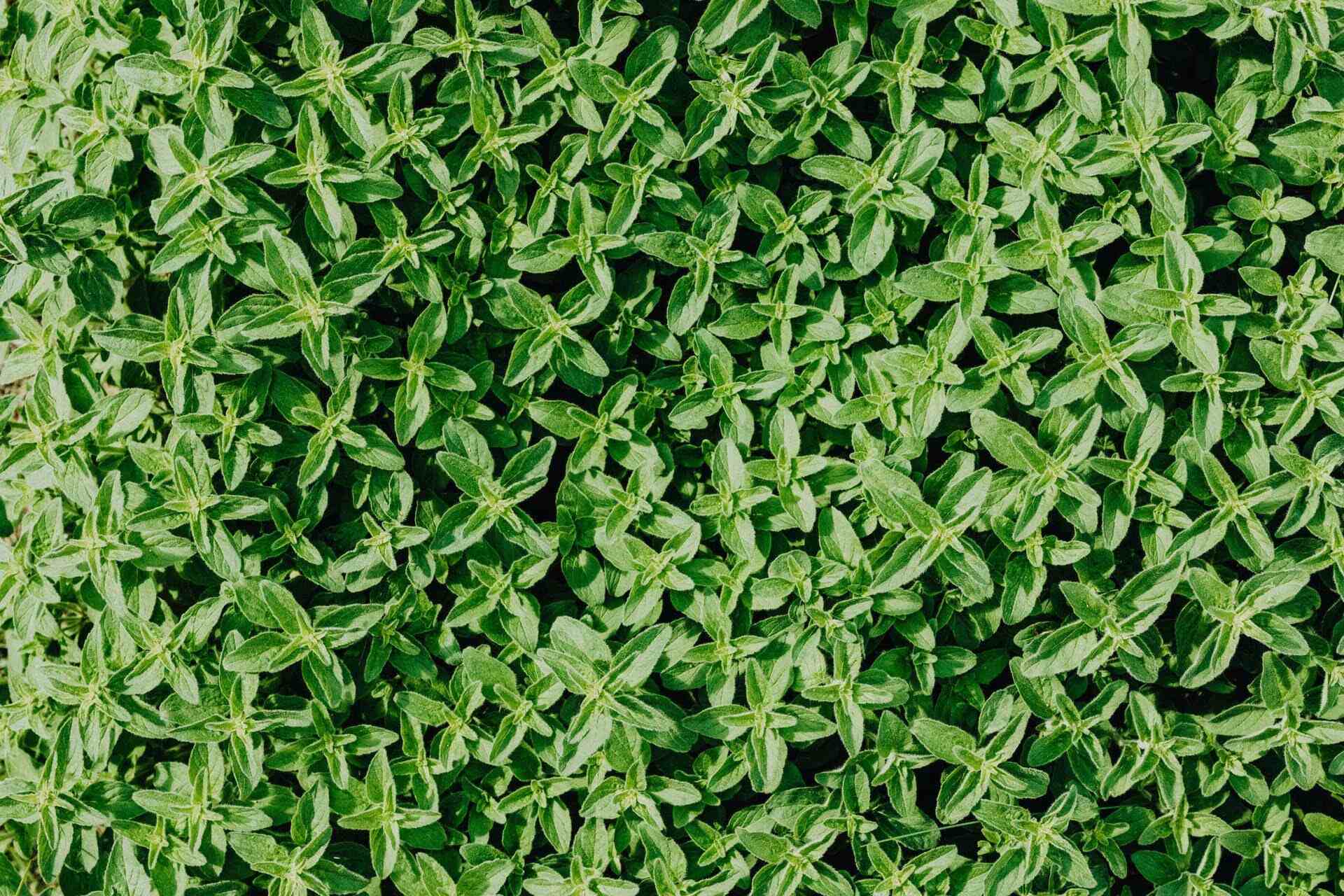
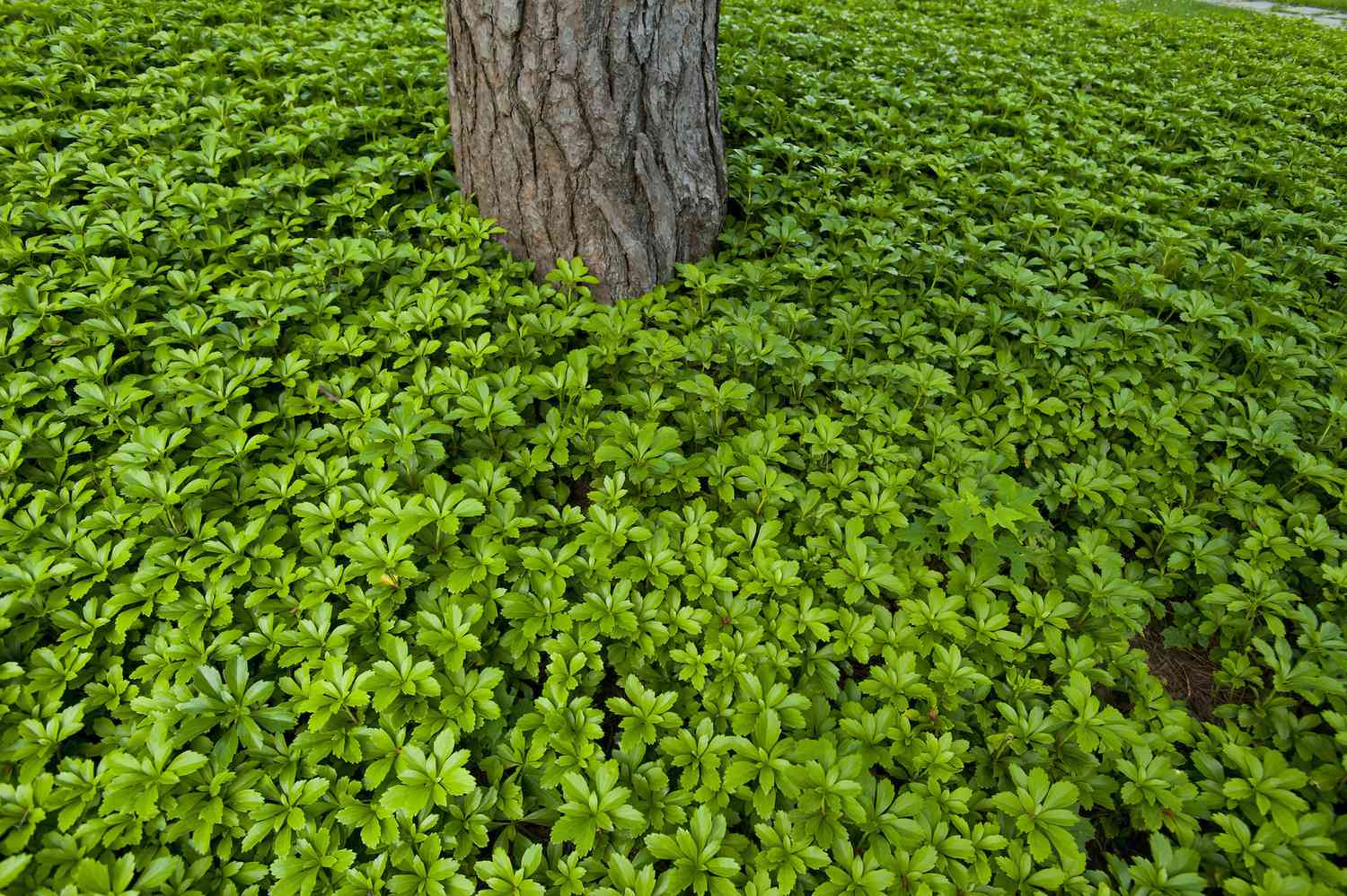
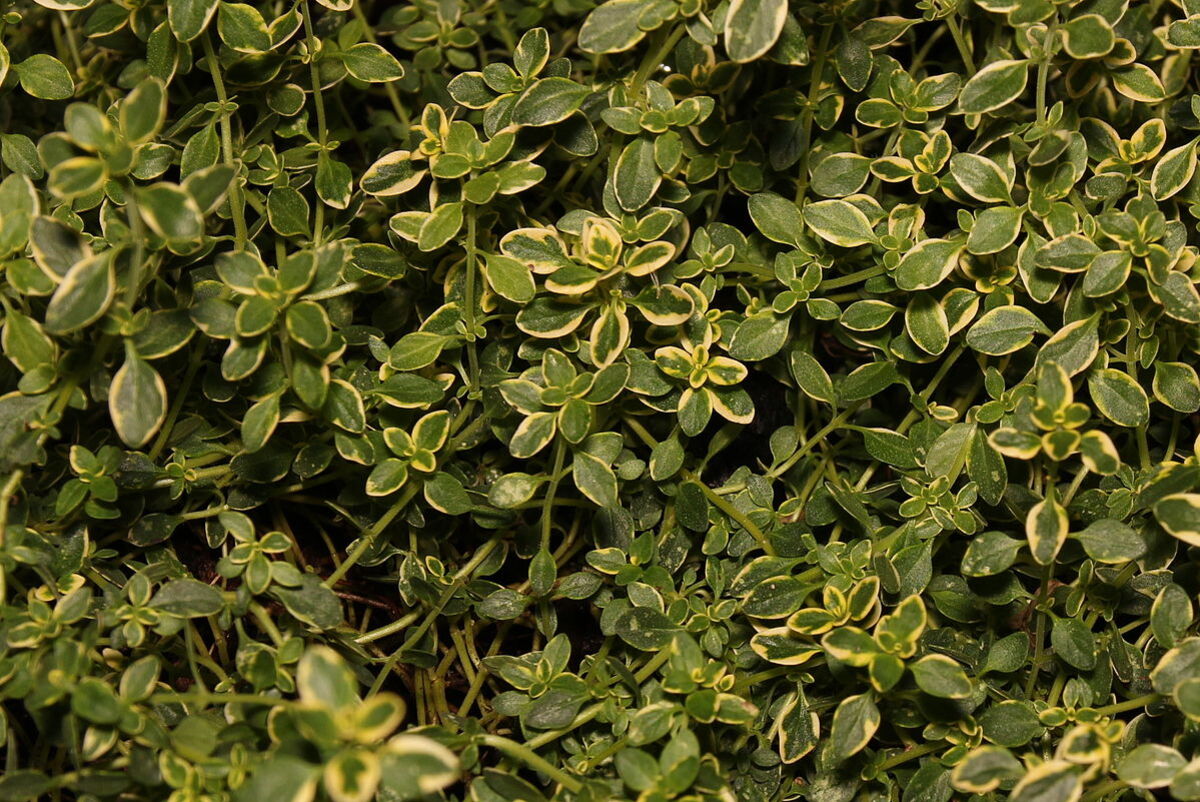

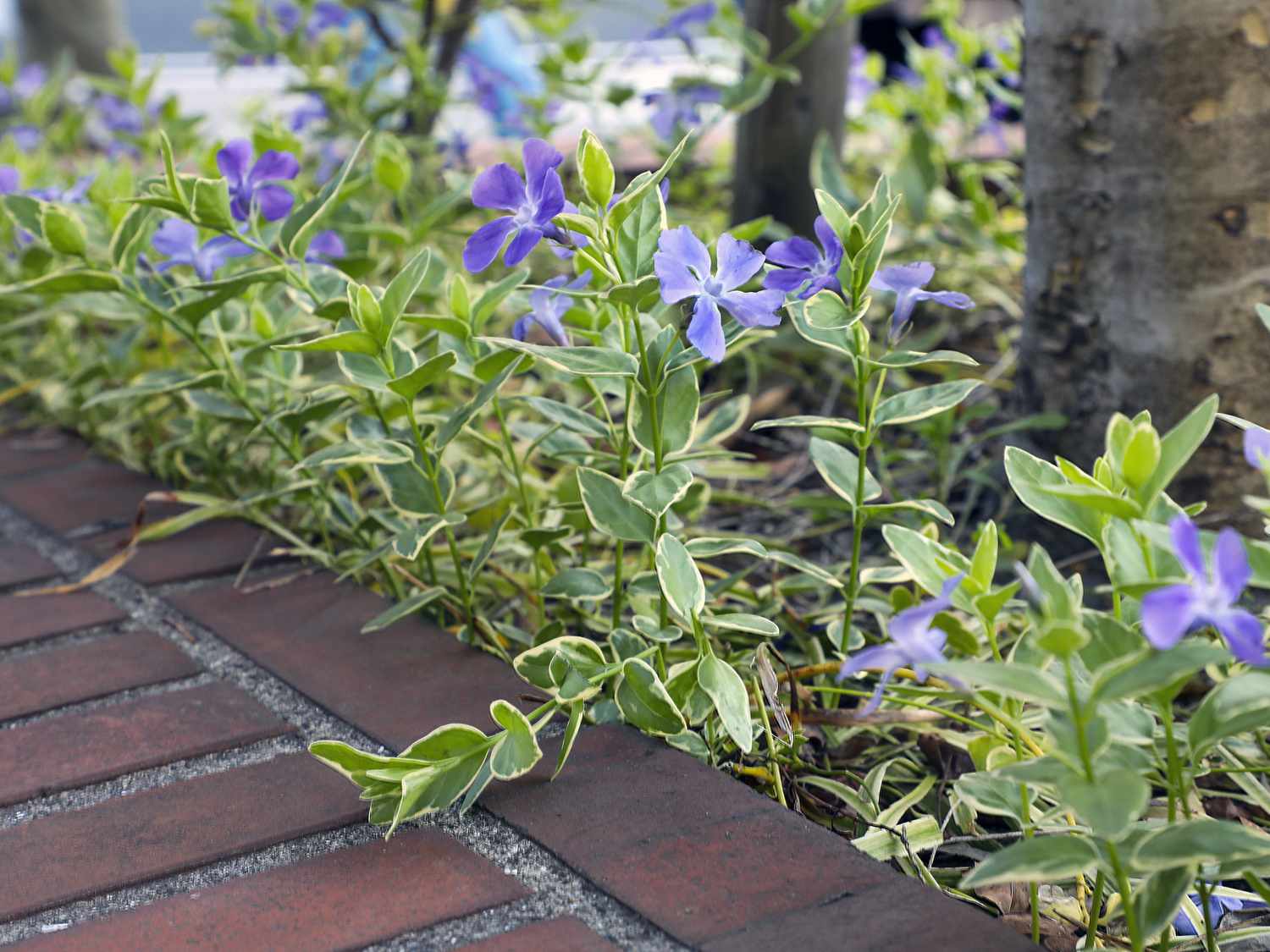
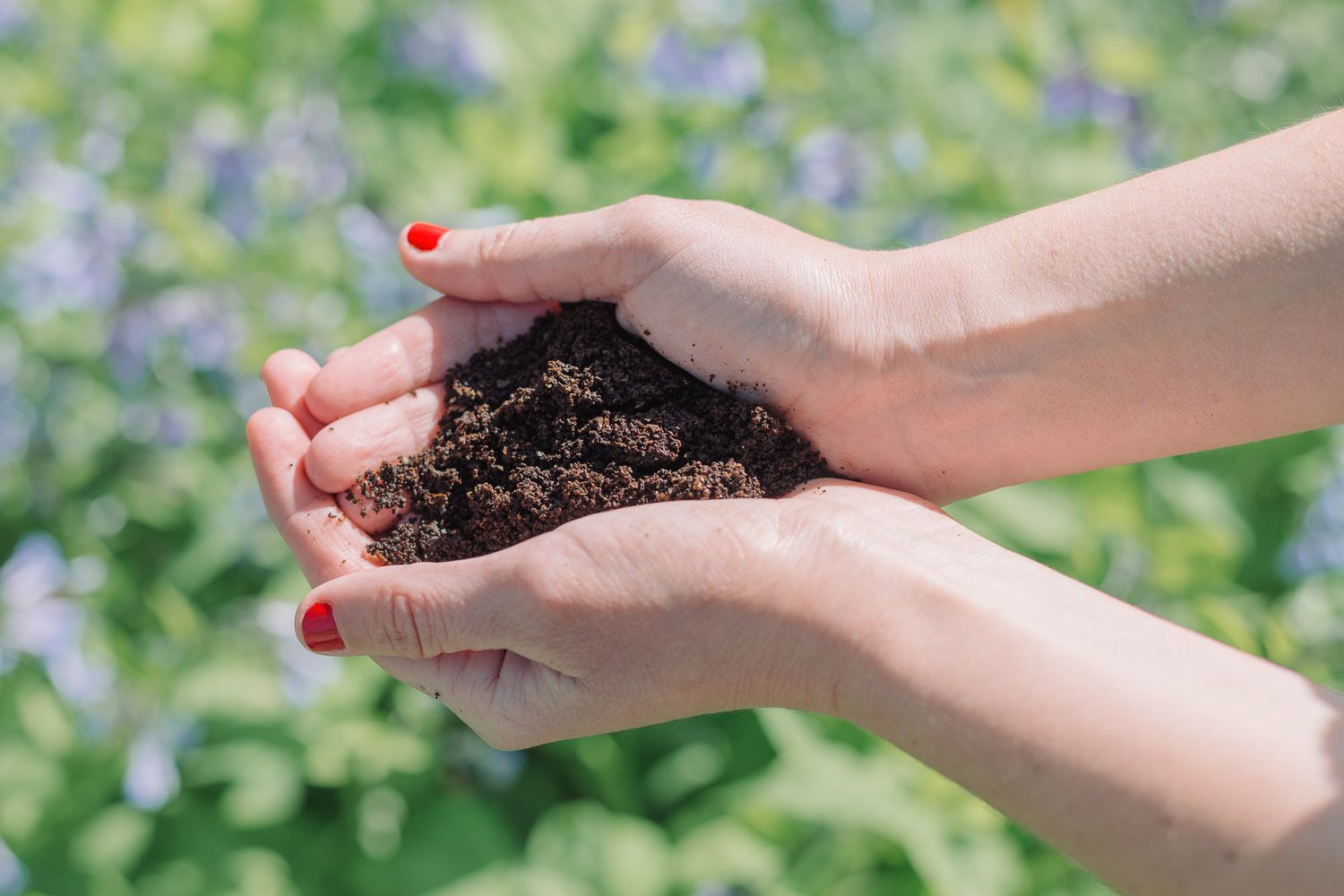
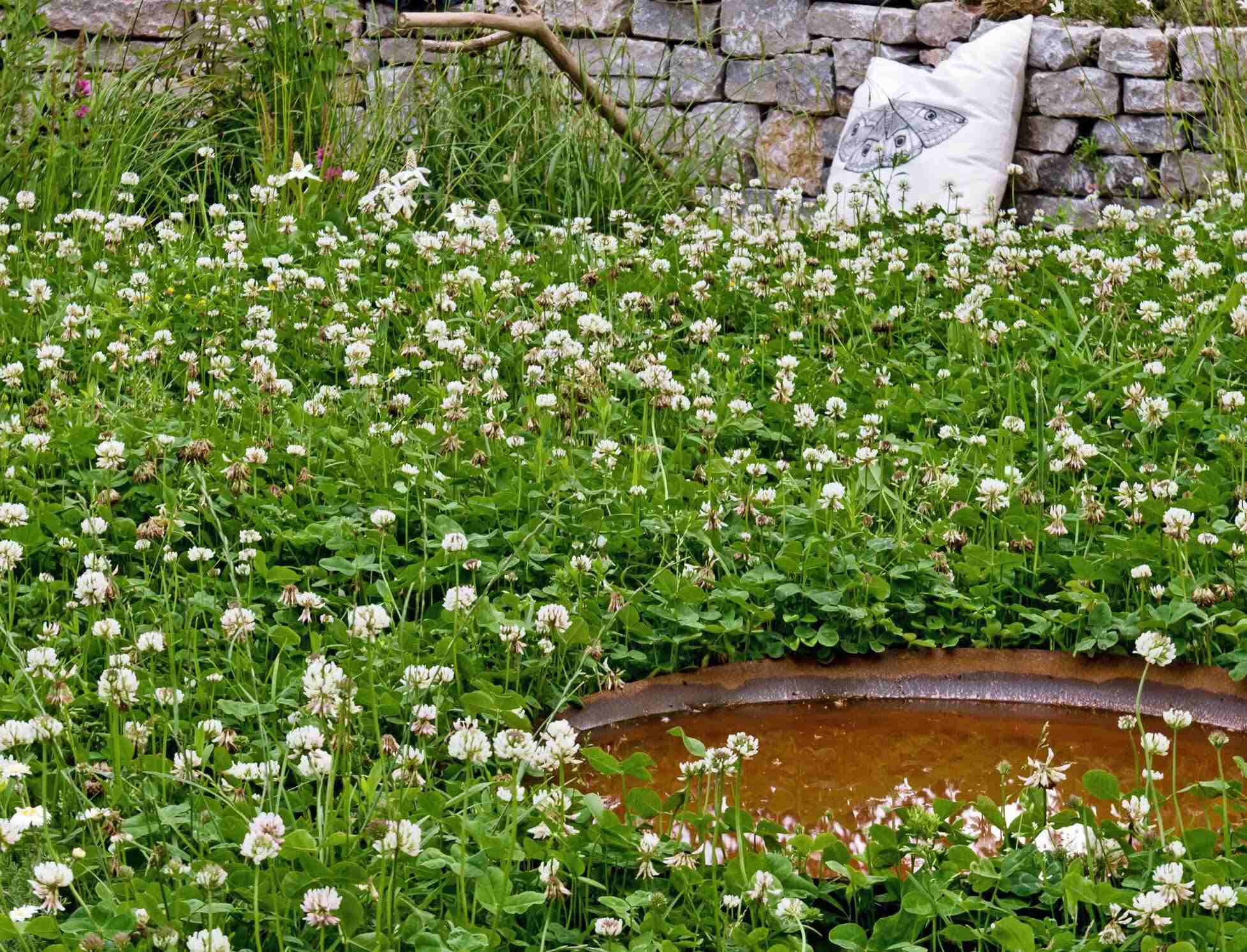
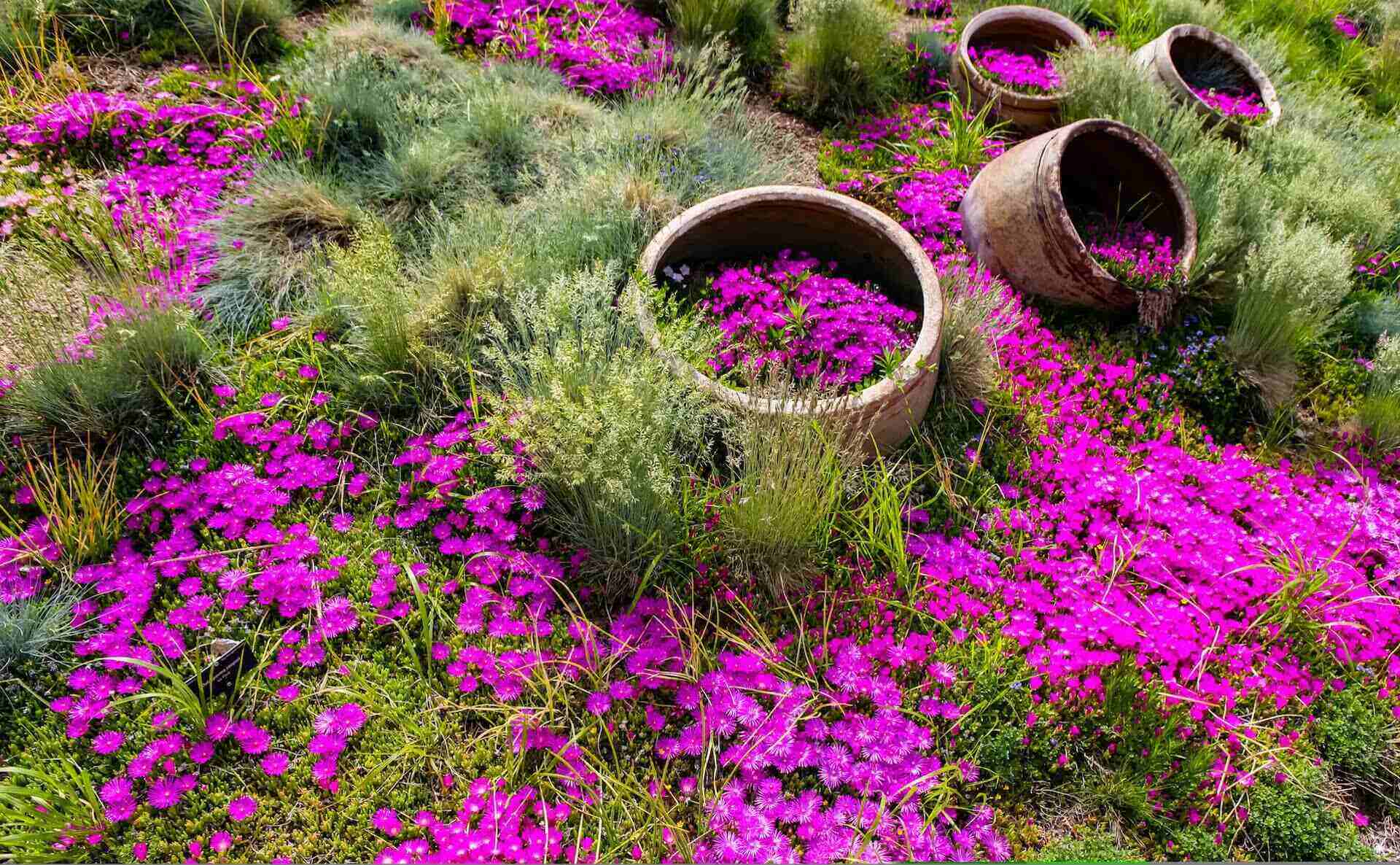
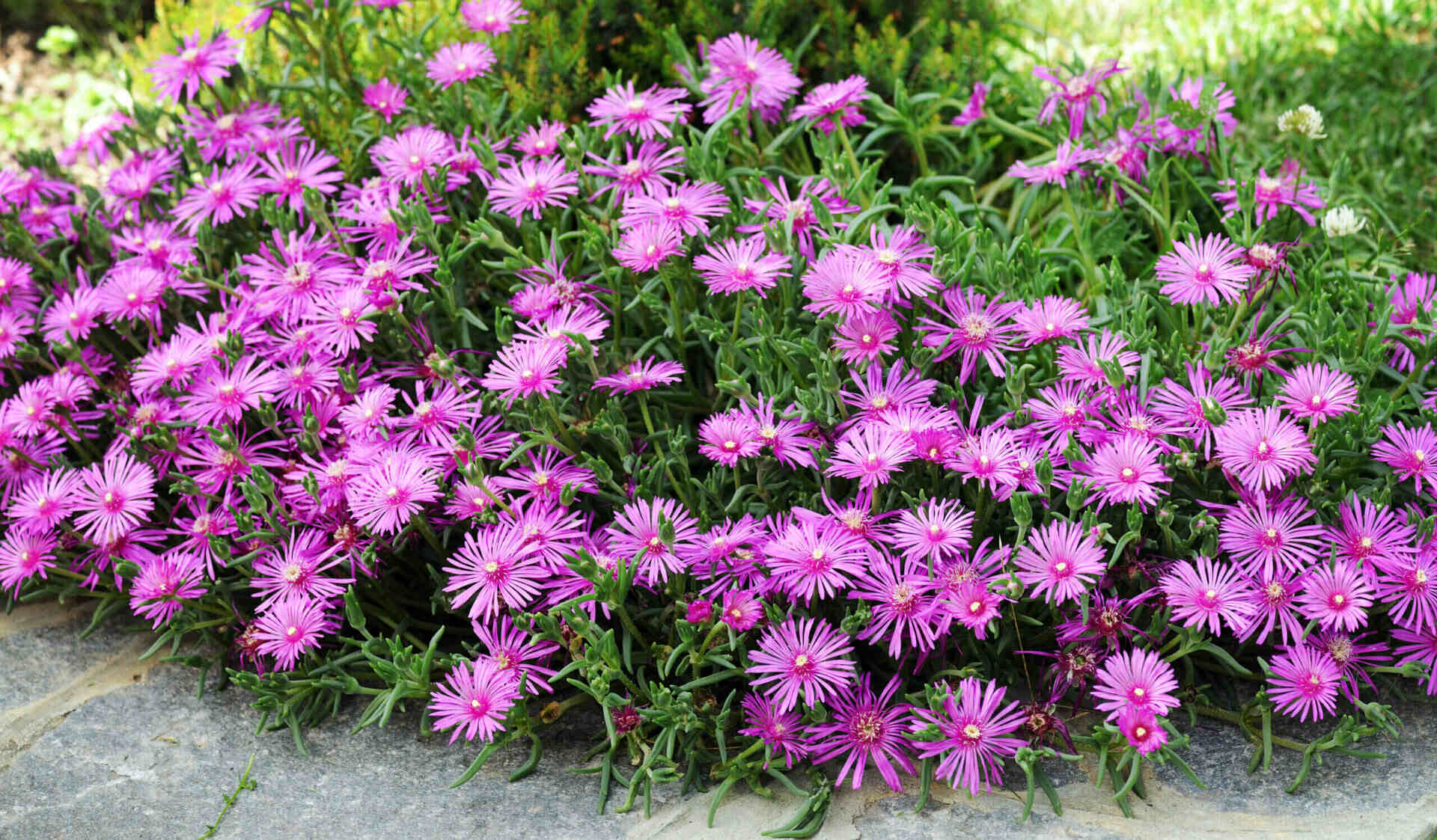
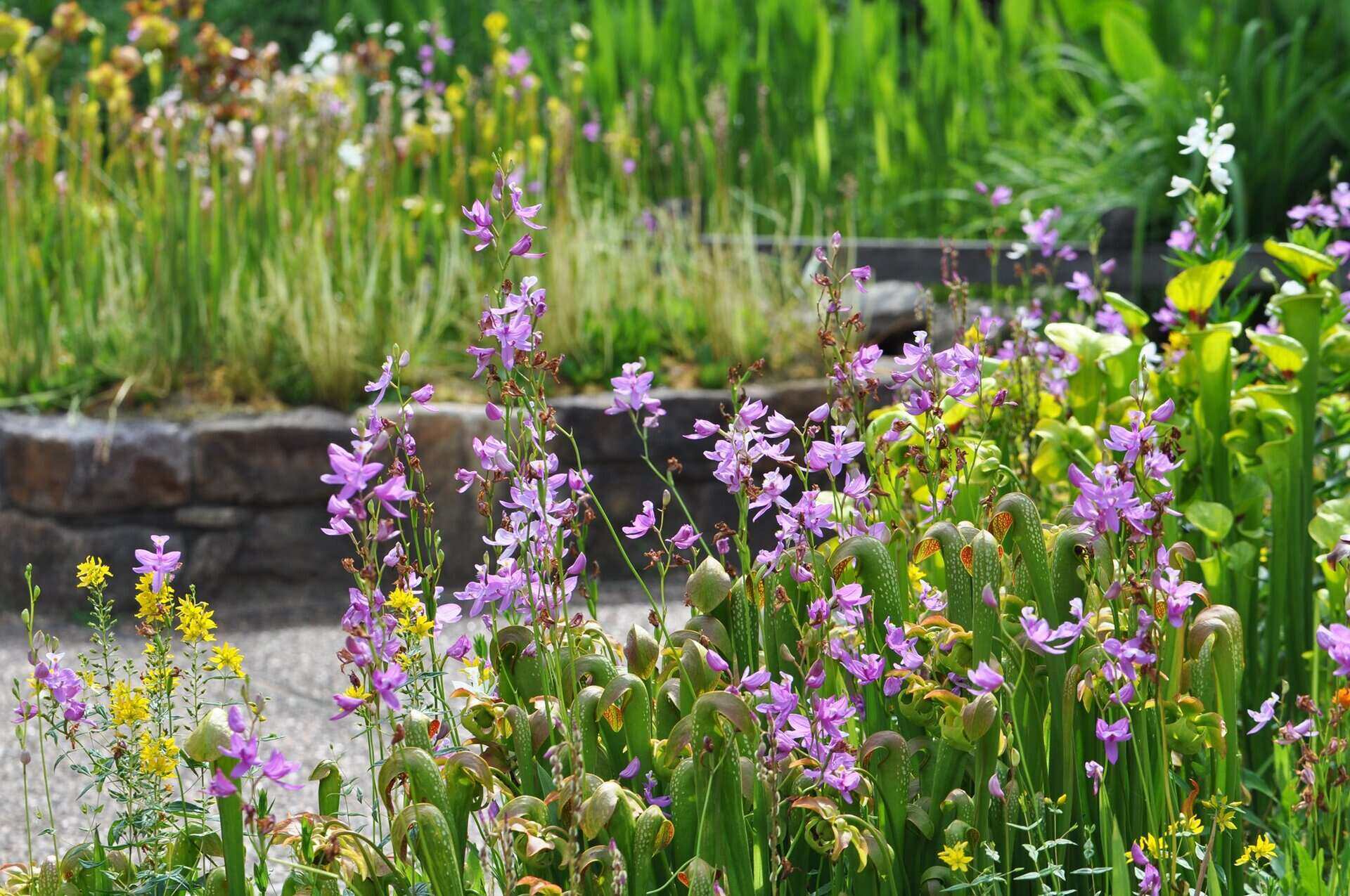
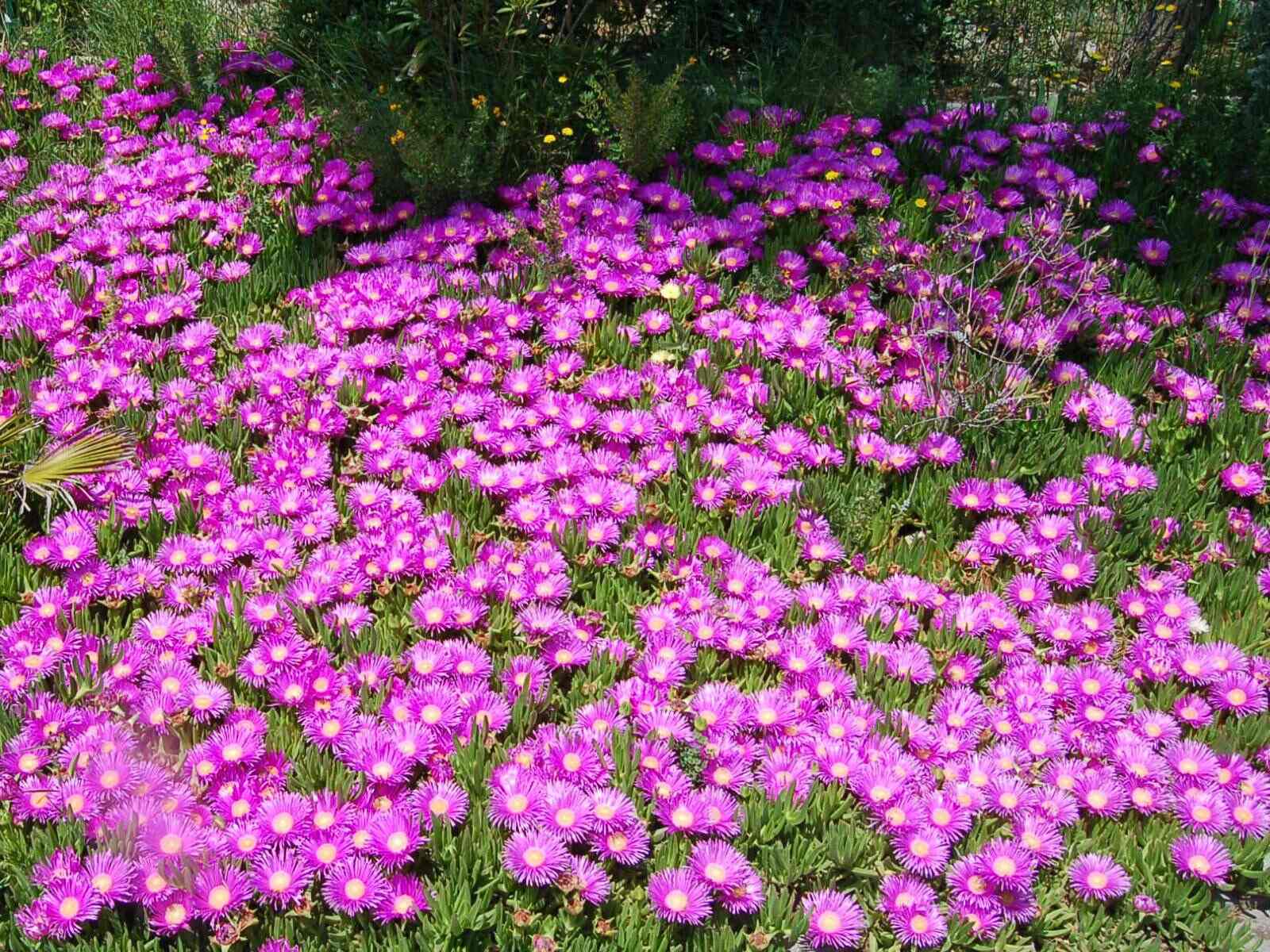
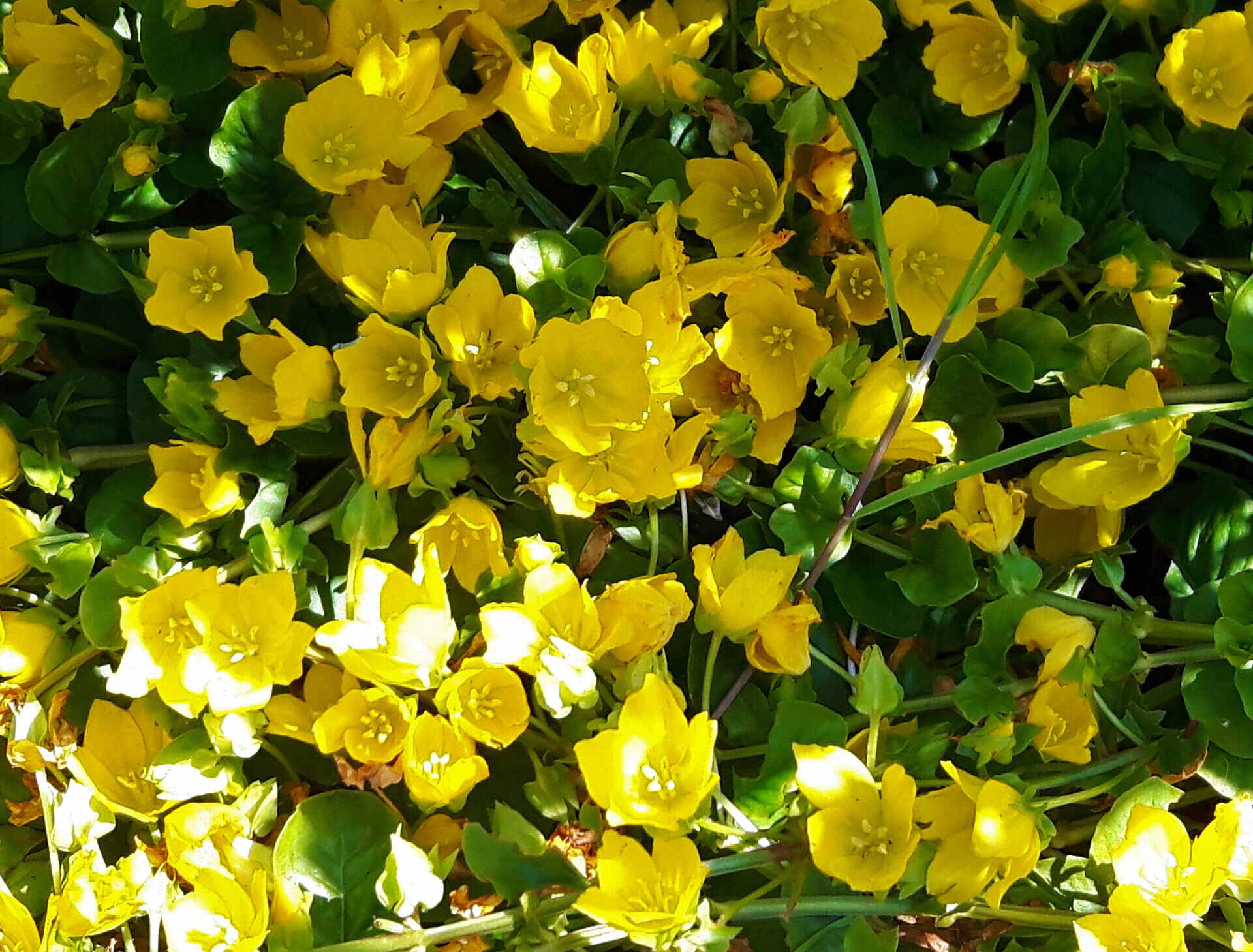


0 thoughts on “What Is A Good Ground Cover For Asparagus”